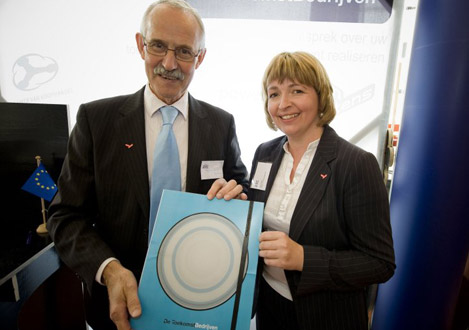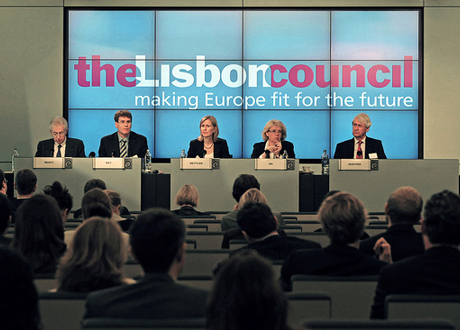Entrepreneurs of the World, Unite in Eco-systems!
Clientelism, Wintelism and innovation eco-systems: moments of truth within the global semiconductor industry. Europe and Japan tried for years to challenge Intel by building national seminconductor champions, yet wihout success. Today, a small British company named ARM has qua its eco-system strategy managed to launch a more serious go at Intel.








